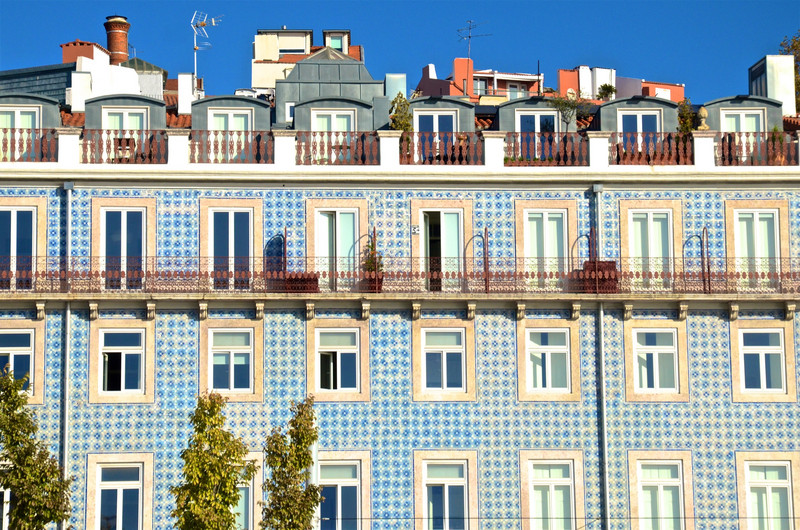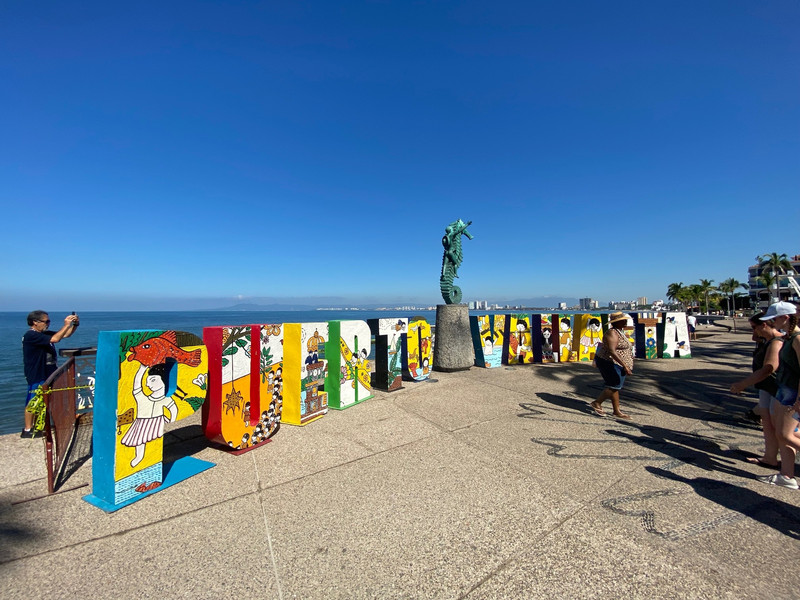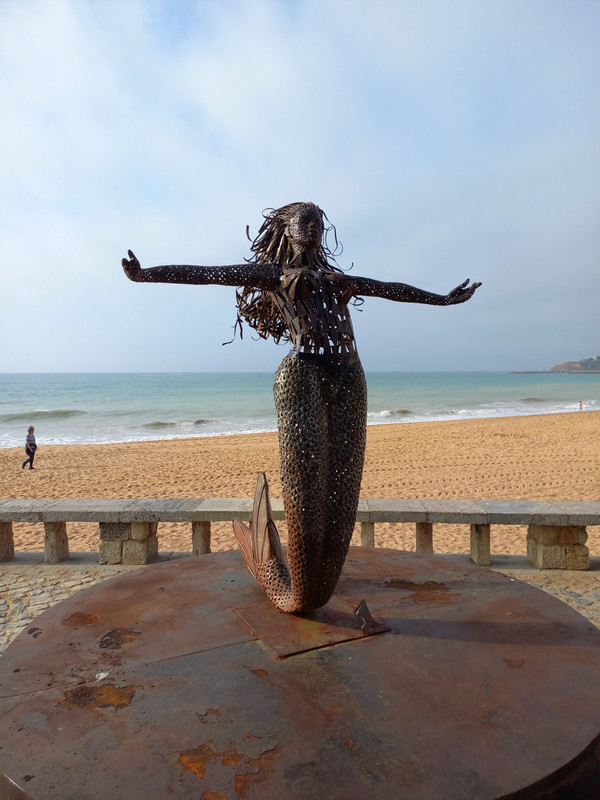Today was our second, and last day in Lisbon. I woke early to be able to photograph the city and learn more about its history. Yesterdays long day of touring made Dave too tired to join me in the three hour morning walking tour of Lisbon. Fellow passengers Rosemary and Dick, who ironically live less than five miles from our home, were going to me on this tour, also decided they were too worn out. No problem, I left the ship alone at 9:30am to find a tuk tuk (a three seated, covered to take me to Rossio Square at the Dom Pedro IV statue where at 10am, I met Ricardo, todays tour guide from Viator. We were a friendly, small group of eight who were assembled and eager to learn more about the history of Lisbon, capital of Portugal, located on the westernmost front of Continental Europe and one of the oldest cities in the world, second oldest European capital city after Athens!
Rossio Square is the liveliest square in Lisbon and a popular meeting place in the Baixa (downtown) District where locals and tourists alike often gather at nearby cafes. Like many
Base of the statue of Pedro IV in Rossio Square one of four marble allegorical female figures representing Justice, Wisdom, Strength and Constraint, qualities attributed to Dom Pedro IV
other squares in Lisbon, it is graced with cobblestones in dizzying wave patterns reminding us this city was made rich from the sea. The main feature of the square is the towering monument to Dom Pedro IV, the and liberator, who was King of Portugal in 1826 (House of Braganza). At the base of the monument sits four marble allegorical female figures representing Justice, Wisdom, Strength and Constraint, qualities attributed to Dom Pedro IV.
Ricardo proceeded to rapidly explain the history of Lisbon in painfully encyclopedic detail. Although he was very nice and willing to answer questions I could only get a second between breaths to interject with or question. Note taking soon became impossible but I did my best to decipher, type fast into my iPhone and still take photographs on the tour.
Here is what I could get from Ricardo, a brief history of Lisbon: In 219 BC the Romans (bringing red wine to the region) entered the Iberian peninsula and in 205 BC, after winning the Second Punic War against the Carthaginians, occupied Olissipo, the city known now as Lisbon. In 711 the Islamic Moors invaded the Christian Iberian Peninsula, conquering Lisbon
in 714. Lisbon became a Muslim city that was ruled by the Moors for 425 years. During their occupation, Lisbon became a center, trading goods with people from the Arabic Mediterranean. Protective walls were built, along with the Sao Jorge Castle as a fortification.
Surprisingly most of the conquered Roman Christians adopted the Arabic language and the Islamic religion. The which had been here since the citys earliest days, grew more influential as they established themselves as successful merchants, traders, doctors and scholars. The slaves from Eastern Europe served as mercenaries, joining the population and ultimately acquiring a prominent position in society. Jews and Christians lived separate from the Muslims but were allowed to practice their religions. The Moors also expatriated Genoese, Venetians, Dutch and English peoples. Lisbon became a cultural and religious melting pot.
Then came the Crusades: The Crusaders arrived in the 12th century and in 1255 conquered Lisbon making it the Christian capital of Portugal. The old Sao Jorge Castle built by the Visigoths was converted into a royal palace. (The castle is currently unoccupied but has a lovely park where some would argue, the best view of Lisbon).
Following the banishment of the Jews from Castile and Aragon in 1492, thousands more Jews had sought refuge in the neighboring Kingdom of Portugal. Initially King Manual I was more tolerant toward the The Jewish people had been attracted to Lisbon for their expertise in business, but soon the Jews found they would be forced to Christians.









